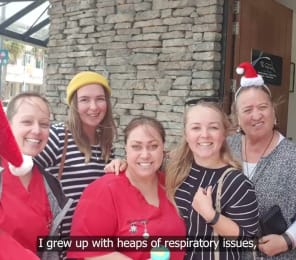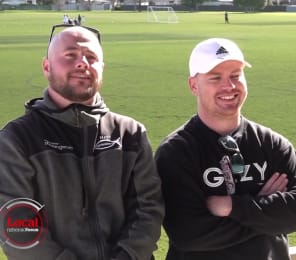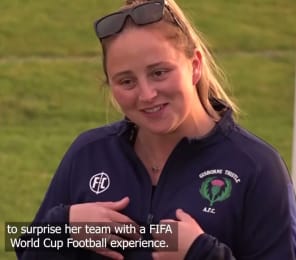Autumn is the season teams go out looking for inanga eggs.
Inanga is a native fish and one of five whitebait species in New Zealand.
Te Ngahuru Tikoitikoiere team from Rongowhakaata Iwi Trust have been monitoring three significant sites for signs of any spawning since March.
After the spring high tides in March, the team found an abundance of eggs at one of the significant sites they monitor, showing much more success than last year’s breeding season.
“This is great news, especially after the cyclones this summer,” Gisborne District Council environmental scientist and inanga habitat restoration project manager Isabella Clere said.
“Inanga and their spawning success rate play an incredibly important role in our ecosystem.
“Looking for inanga eggs is done on spring tides after the full moon. Adults usually spawn in late summer or autumn, and eggs are generally found in areas of long grass along the stream banks where the salt water meets the fresh water. This area is known as the ‘saltwater wedge’.”
Ms Clere said artificial habitats were used on stream banks that did not have suitable habitats for spawning.
“Artificial habitats are created using coconut matting, meadow hay/straw and flax to make a long roll that gets staked to the side of the stream. The habitat is partially submerged in a spring high tide and inanga are able to swim within the habitat and lay their eggs.”
The mats are checked after the spring high tides to see if any eggs are present. The eggs remain above the water level until the next spring tide when they become submerged and hatch and are taken out to sea.
“The mats are revisited a couple of weeks later to check on eggs in case of predation by rats, or other threats such as floods or sediment loading which affects the habitat.
“Predator traps have been installed at the monitoring and restoration sites to reduce the likelihood of predation on the inanga eggs.
“Inanga use the same spawning sites in rivers and streams each year, so by identifying and protecting these places, we can increase the number of eggs, juveniles and eventually adult fish.”
Of the five native fish species that make up whitebait, inanga, giant kokopu, kōaro and the shortjaw kokopu are either in decline or threatened.
The council partnered with Rongowhakaata Iwi Trust to monitor the success rates of spawning and improve the habitat of spawning sites.
Ms Clere says fencing off waterways, allowing grass to grow long and dense, is the first step to achieving this. Planting native sedges and small grasses can help to improve the spawning success by reintroducing the native habitat back to the spawning sites.
For further information on spawning locations around Tairāwhiti or to get involved in inanga spawning habitat restoration, contact Ms Clere at Isabella.Clere@gdc.govt.nz
More information on the inanga spawning programme is available on the council’s website
















0 comment
JOIN THE CONVERSATION
Read and post comments with a
Newsroom Pro subscription.
Subscribe now to start a free
28-day trial.